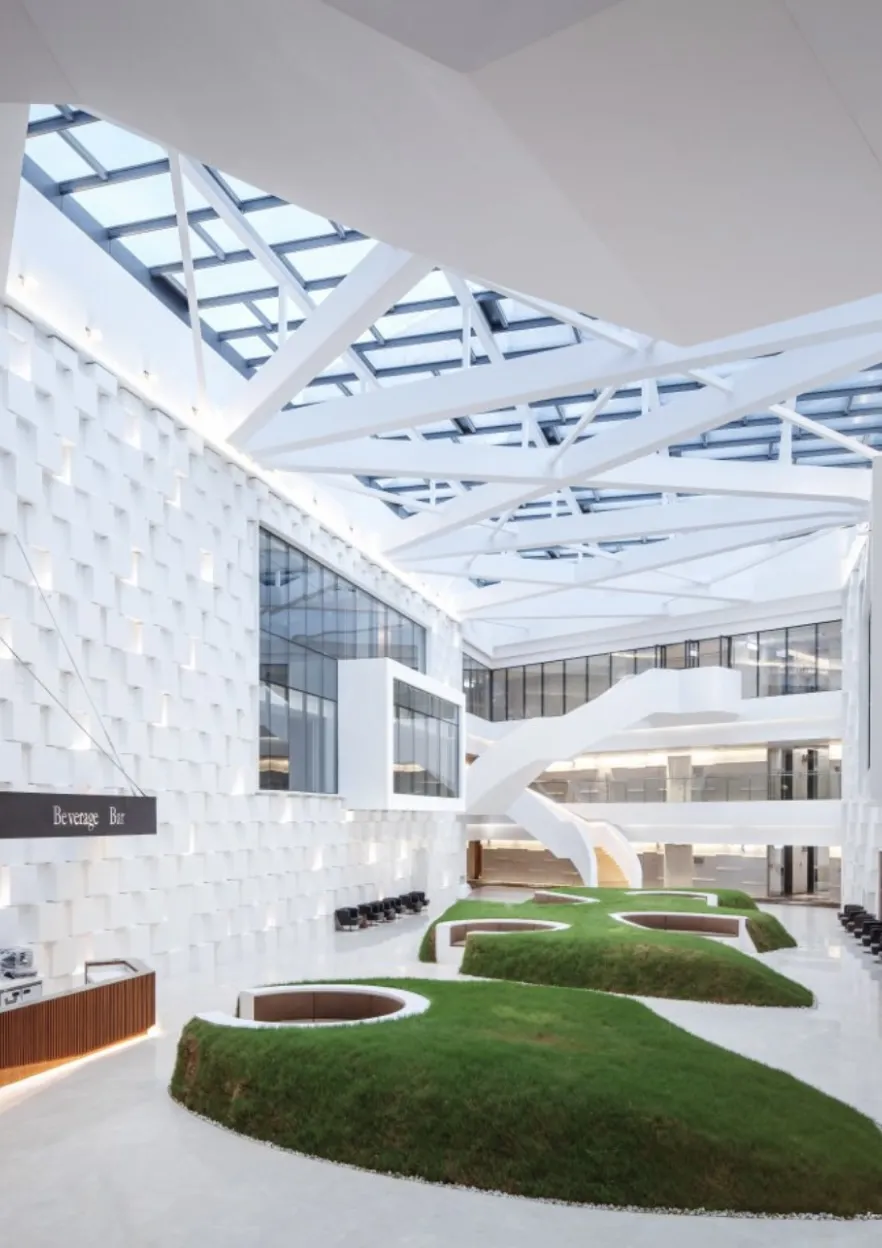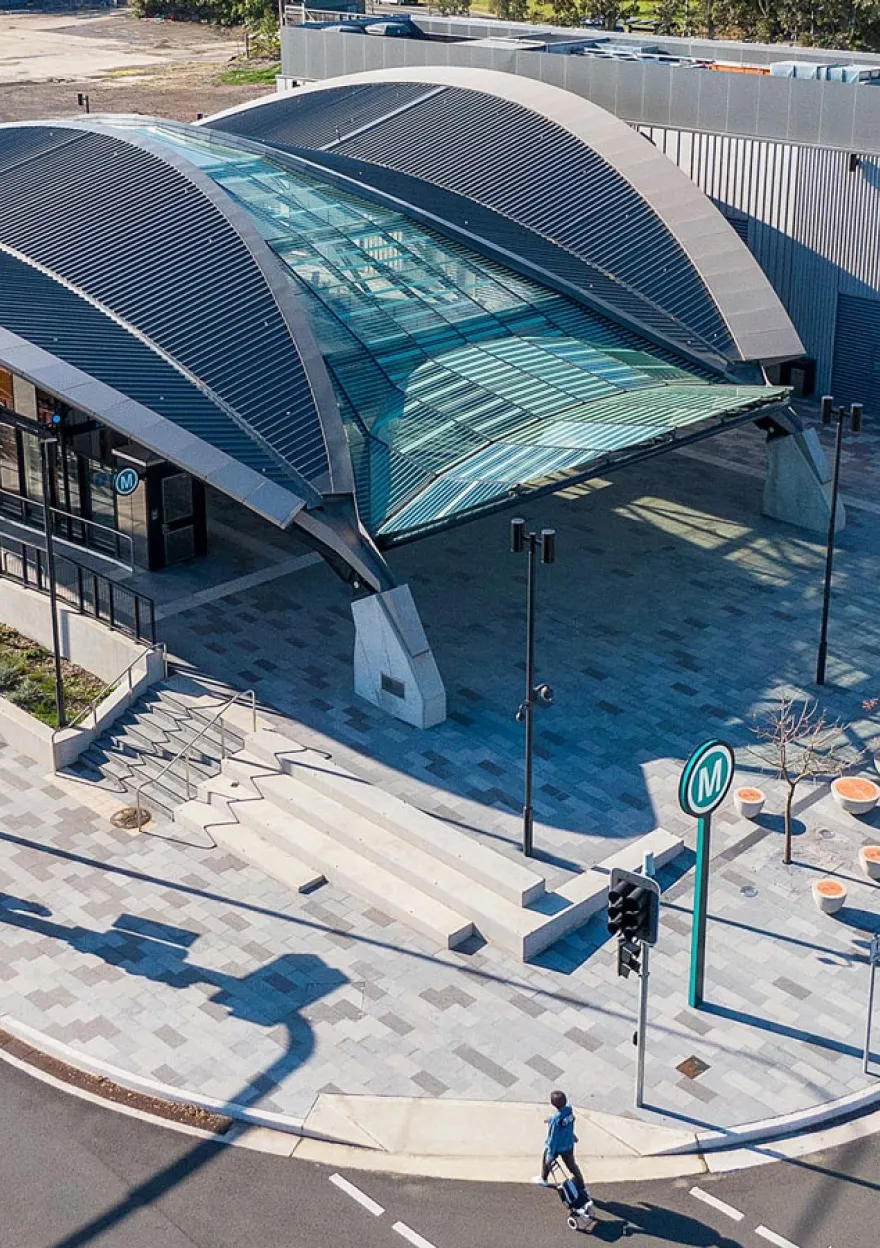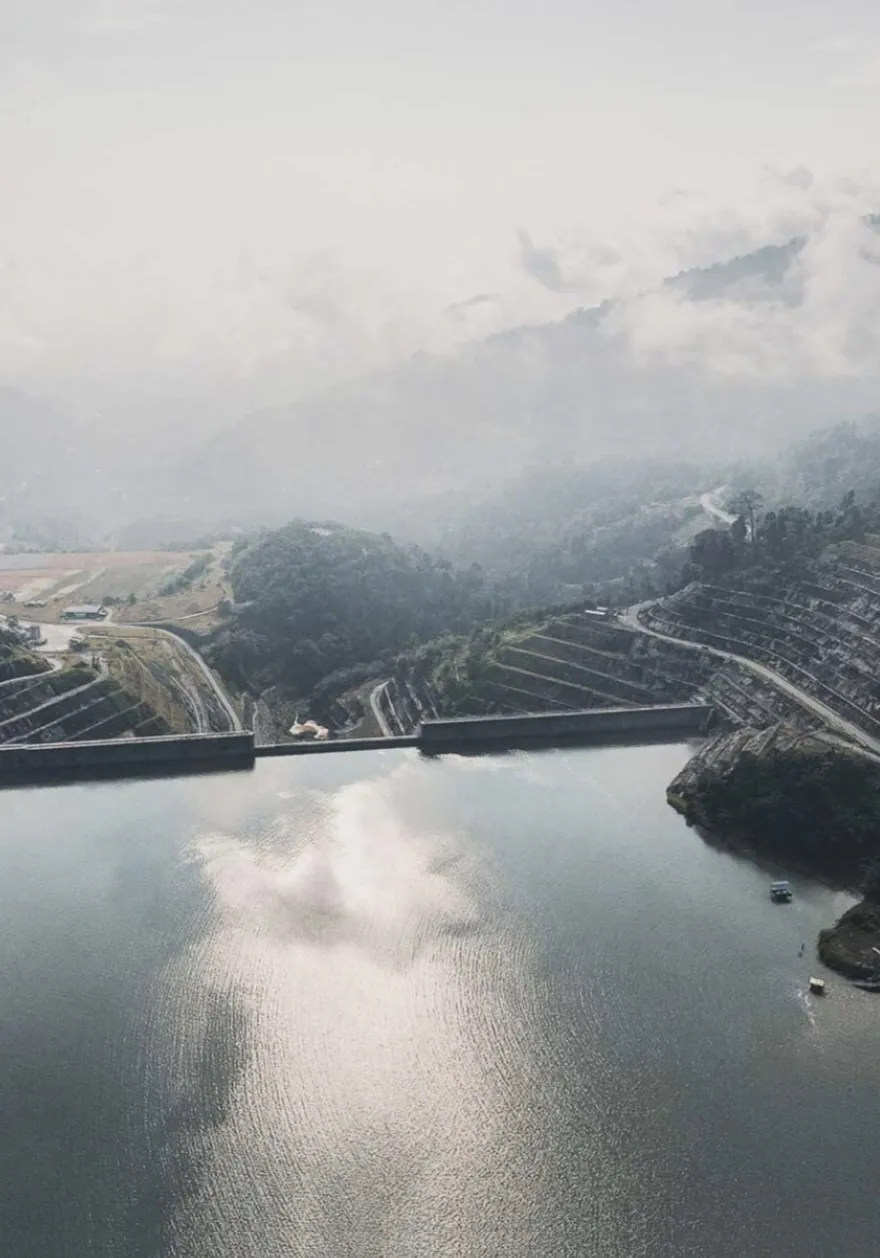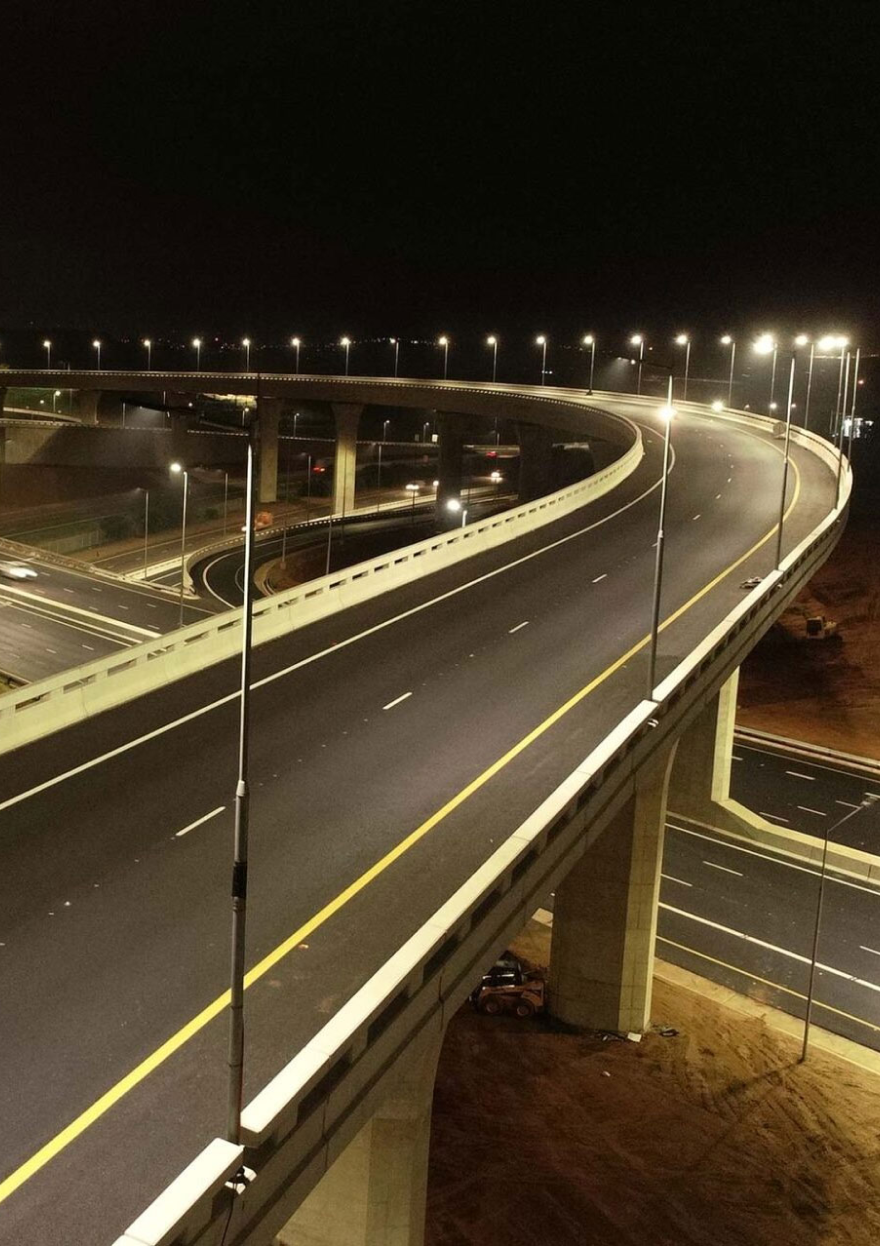A globally connected workforce of specialists, operating out of more
than 40 countries
From the early pioneers on the Snowy Mountains Hydroelectric Scheme, to our leaders and innovators of today, our people make us who we are.

- About
We align specialist expertise to deliver effective, practical and sustainable outcomes
Through our network of global specialists and by collaborating with local partners, we connect you with the best teams and capabilities to deliver highly innovative and sustainable solutions.

- Expertise
- Markets
- Aviation
- Energy & Renewables
- Environment
- Hydropower & Dams
- International Development
- Ports & Maritime
- Rail & Metro
- Roads, Bridges & Highways
- Urban Communities
- Water & Wastewater
- Solutions
- Overview
- Air Quality
- Asset Management
- Business & Investor Advisory
- Building Services Engineering
- Civil & Structural Engineering
- Communication & Stakeholder Engagement
- Construction Phase Services
- Development Management
- Digital
- Energy Efficiency
- Environment and Social Impact Assessment
- Geospatial Services
- Geotechnical Investigations
- Geotechnics
- Independent Verification
- Landscape Architecture
- Master Planning
- Operational Readiness
- Operations & Maintenance
- Pedestrian Modelling
- Planning
- Project Management
- Rail systems
- Survey
- Sustainability
- Tunnels
- Training & Capacity Building
- Urban Design
- Water Sensitive Urban Design
- Water Services Coordination
We're committed to positively impact the individuals and communities we work with
As an organisation we are continually evaluating ways we can better provide a safe, flexible, inclusive and respectful workplace for our people and clients.

- Responsibility
Join an inclusive workplace rich in diverse thinking
People are at the heart of our organisation, we strive to create a flexible, diverse and inclusive environment that enables our people to thrive to their fullest potential.
Explore career opportunities
- Careers
-
Global
Simplifying
the
complex
to
deliver
integrated
engineering
solutions
Explore our projects
Debunking
the
myths
of
a
Digital
Mindset
Read More

Advancing
circular
economy
goals
Read More

Designing
tomorrow's
infrastructure
today
Read More

Celebrating
women
in
engineering
Read More

Unlock
your
potential
Your career with SMEC

Transforming
urban
transport
through
smart
mobility
Read More
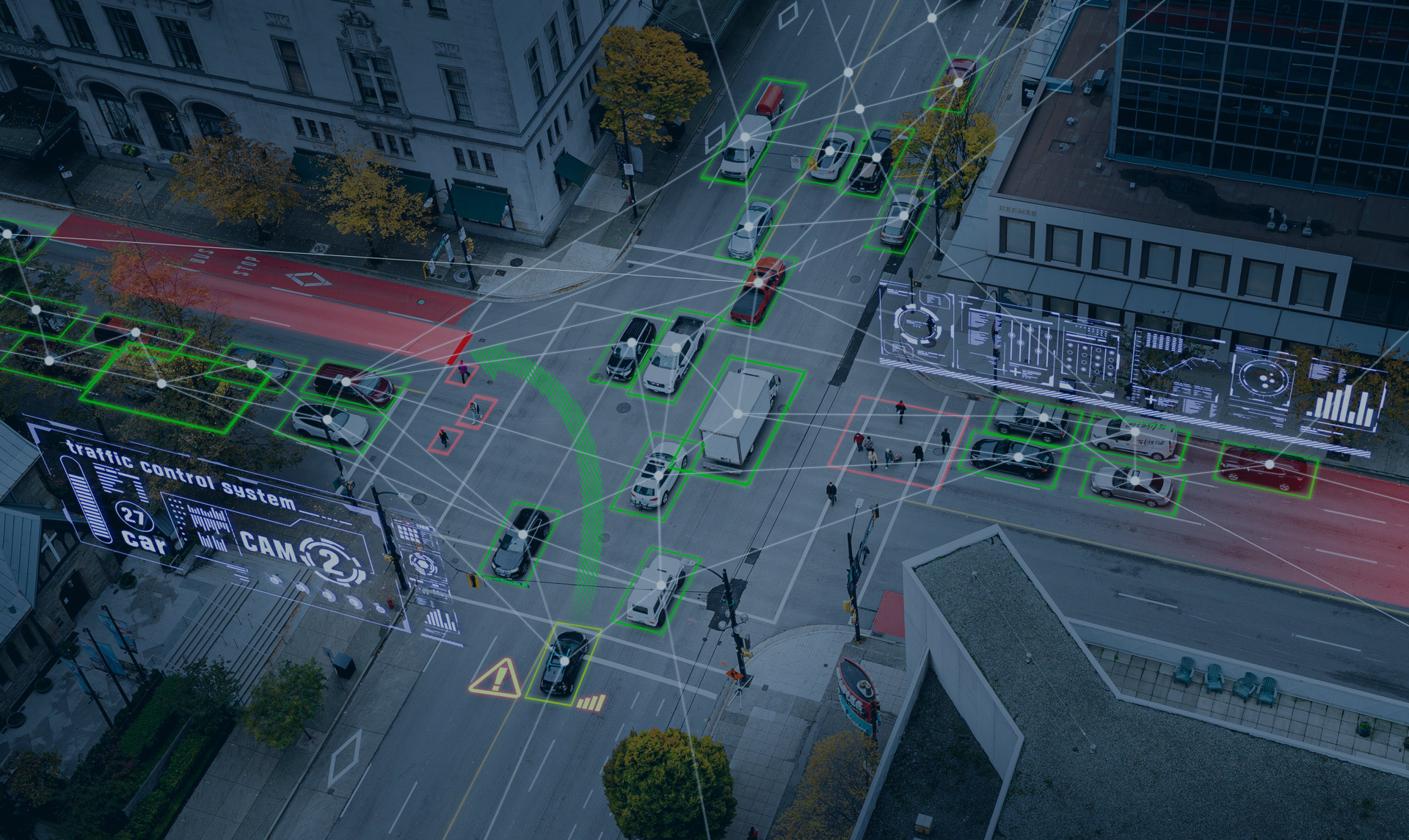
| Explore our specialist capabilities in |
| in |
|
|
engineering
positive
change
For 75 years, SMEC has built a reputation as a trusted partner on major Transport, Water, and Energy projects around the world.
SMEC is committed to positively impact the people, the environment and the clients and communities we serve. Through our network of global specialists, our teams draw on deep expertise and systems thinking to simplify the complex and deliver integrated engineering solutions across a range of diverse environments.
Insights
View All 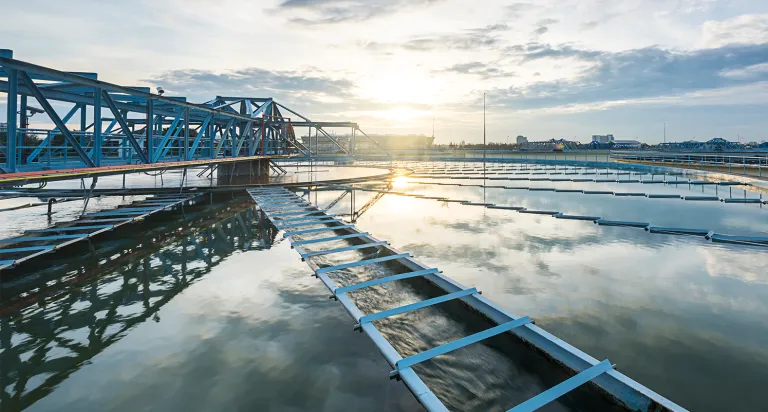 A circular economy for water: water demand and fit for purpose supply
A circular economy for water: water demand and fit for purpose supply
Australia, and the world, is increasingly seeing the effect of climate change on our water supply and security. Scarcity and drought are becoming more prevalent, placing pressure on the current water supply network, and communities are expecting better solutions. As we mark National Water Week in Australia and prepare for summer, it is time to discuss how we best utilise our existing water supplies and create a more resilient future.
We
deliver
advanced
solutions
for
our
clients,
partners
communities.
Through our network of global specialists collaborating with local partners, we deliver excellence across the life-cycle of each project, regardless of size or complexity.
We draw on deep expertise and systems thinking to simplify the complex and deliver integrated engineering solutions across a range of diverse environments.



